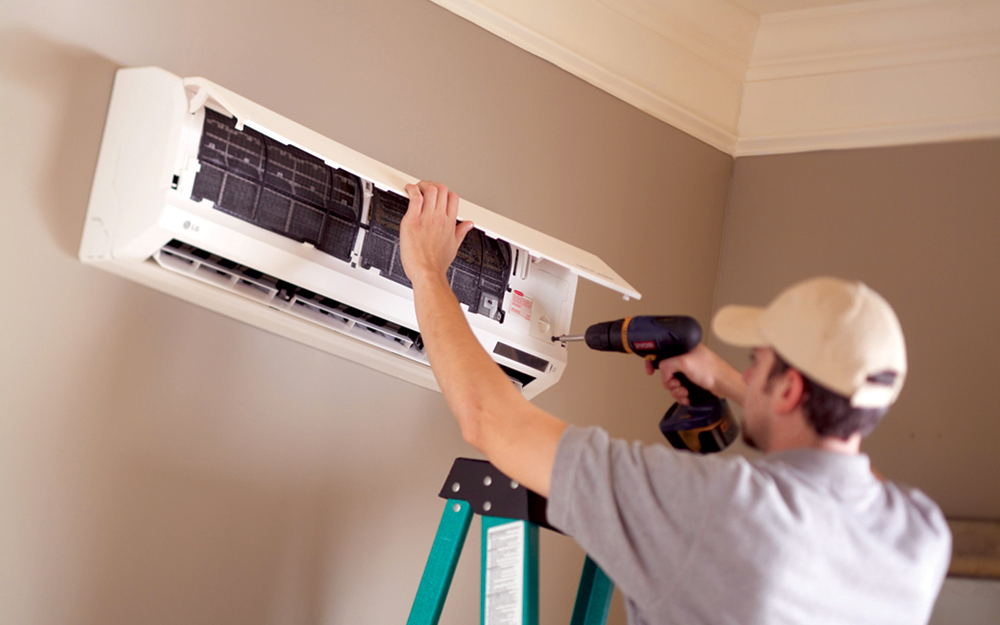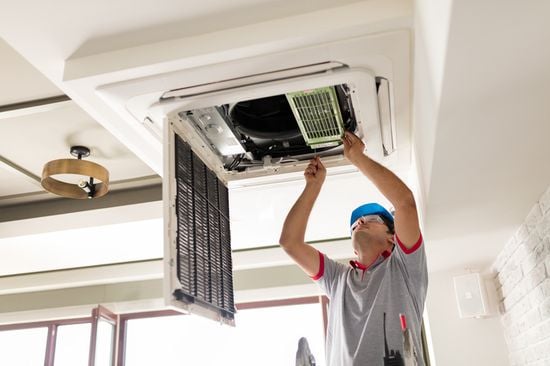As a homeowner or business owner, encountering smelly vents can be both frustrating and concerning. These unpleasant odors can affect the overall ambiance of your home or office, making it less inviting for guests, employees, or clients. Understanding the signs of a smelly vent and knowing how to address them is essential for maintaining a healthy and pleasant environment.
In this article, we will delve into the common signs that indicate your vents might be the source of unpleasant smells and offer practical solutions to fix these issues. By addressing these problems promptly, you can ensure that your indoor air quality remains high, contributing to a more comfortable and healthier space.

Understanding the Causes of Smelly Vents
Before we explore the signs of smelly vents, it’s essential to understand what might be causing these odors in the first place. Various factors can contribute to this issue, and identifying the root cause is the first step in finding an effective solution.
1. Accumulation of Dust and Debris
One of the primary reasons for smelly vents is the accumulation of dust, dirt, and debris in the HVAC system. Over time, these particles can build up and start to decompose, resulting in a musty or unpleasant odor. Regular cleaning and maintenance of your HVAC system can help prevent this issue. For more information on removing musty smells, visit this musty smell removal guide.
2. Mold and Mildew Growth
Mold and mildew thrive in damp environments, and your vents can provide the perfect breeding ground for these fungi. If you notice a damp or earthy smell coming from your vents, it could be a sign of mold or mildew growth. Addressing moisture issues and ensuring proper ventilation can help prevent mold-related odors.
3. Leaky Ducts
Leaky ducts can allow unpleasant odors from other parts of your building to enter your ventilation system. This can result in a mix of smells that become noticeable when the HVAC system is running. Ensuring that your ducts are properly sealed can help eliminate this issue. Learn more about dealing with duct smells.
Identifying the Signs of Smelly Vents
Now that we have explored the common causes of smelly vents, let’s look at the signs that indicate you might have an issue with your ventilation system.
1. Persistent Musty Odor
If you notice a persistent musty or damp smell in your home or office, it could be a sign that your vents are harboring mold or mildew. This smell is often described as similar to wet clothes left in a closed space for too long.
2. Unusual or Chemical-Like Smells
If your vents emit unusual or chemical-like odors, it may indicate a more serious issue, such as a refrigerant leak or a problem with the HVAC system’s electrical components. These smells should not be ignored, as they can pose health and safety risks.
3. Increase in Allergy Symptoms
If you or your family members experience increased allergy symptoms, such as sneezing, coughing, or itchy eyes, it could be a sign that your vents are circulating allergens or pollutants. Cleaning your HVAC system and improving ventilation can help alleviate these symptoms.
4. Visible Mold or Mildew
If you notice visible mold or mildew around your vents, it is a clear sign of a moisture problem. Addressing this issue promptly can prevent further mold growth and improve indoor air quality.
Solutions for Fixing Smelly Vents
Once you’ve identified the signs of smelly vents, it’s time to take action to resolve the issue. Here are some practical solutions to consider:
1. Regular HVAC Maintenance
Performing regular maintenance on your HVAC system is crucial for preventing odors and ensuring optimal performance. This includes cleaning or replacing air filters, inspecting ducts for leaks, and checking for signs of mold or mildew growth.
2. Professional Duct Cleaning
Hiring a professional duct cleaning service can help remove built-up dust, dirt, and debris from your ventilation system. This can significantly reduce odors and improve indoor air quality. For more tips on maintaining your ducts, visit this duct maintenance guide.
3. Dehumidifiers and Ventilation
Using dehumidifiers and improving ventilation can help reduce moisture levels in your home or office, preventing mold and mildew growth. This can be especially beneficial in areas prone to high humidity.
4. Seal and Insulate Ducts
Sealing and insulating your ducts can help prevent air leaks and reduce the risk of odors entering your ventilation system. This can also improve the efficiency of your HVAC system, leading to energy savings.

FAQ Section
1. How often should I clean my air ducts?
It’s recommended to have your air ducts professionally cleaned every 3 to 5 years, depending on factors such as the presence of pets, allergies, or recent renovations.
2. Can smelly vents affect my health?
Yes, smelly vents can circulate allergens, mold spores, and other pollutants, potentially leading to respiratory issues and allergic reactions.
3. What should I do if I suspect a refrigerant leak?
If you suspect a refrigerant leak, it’s important to contact a professional HVAC technician immediately to inspect and repair the issue.
In conclusion, recognizing the signs of smelly vents and taking timely action can help maintain a healthy and pleasant indoor environment. By addressing the root causes of odors and implementing effective solutions, you can ensure that your home or office remains comfortable and inviting. For more information on preventing musty odors, consider visiting clean air conditioners which offers valuable insights.
This article contains affiliate links. We may earn a commission at no extra cost to you.